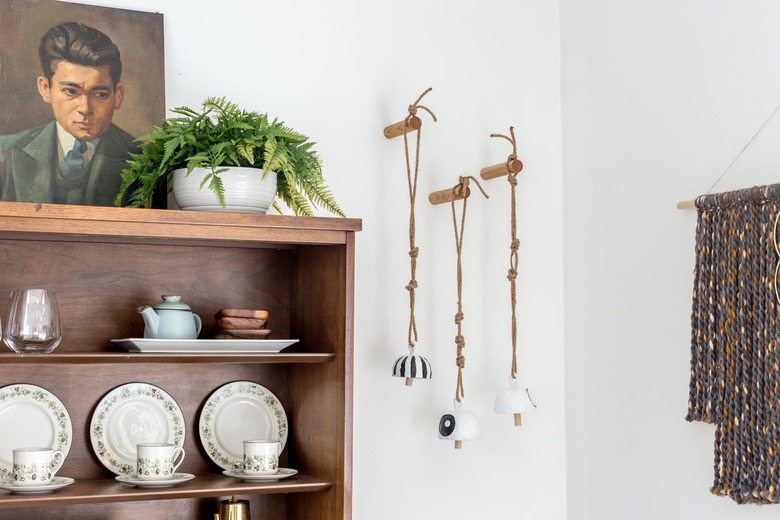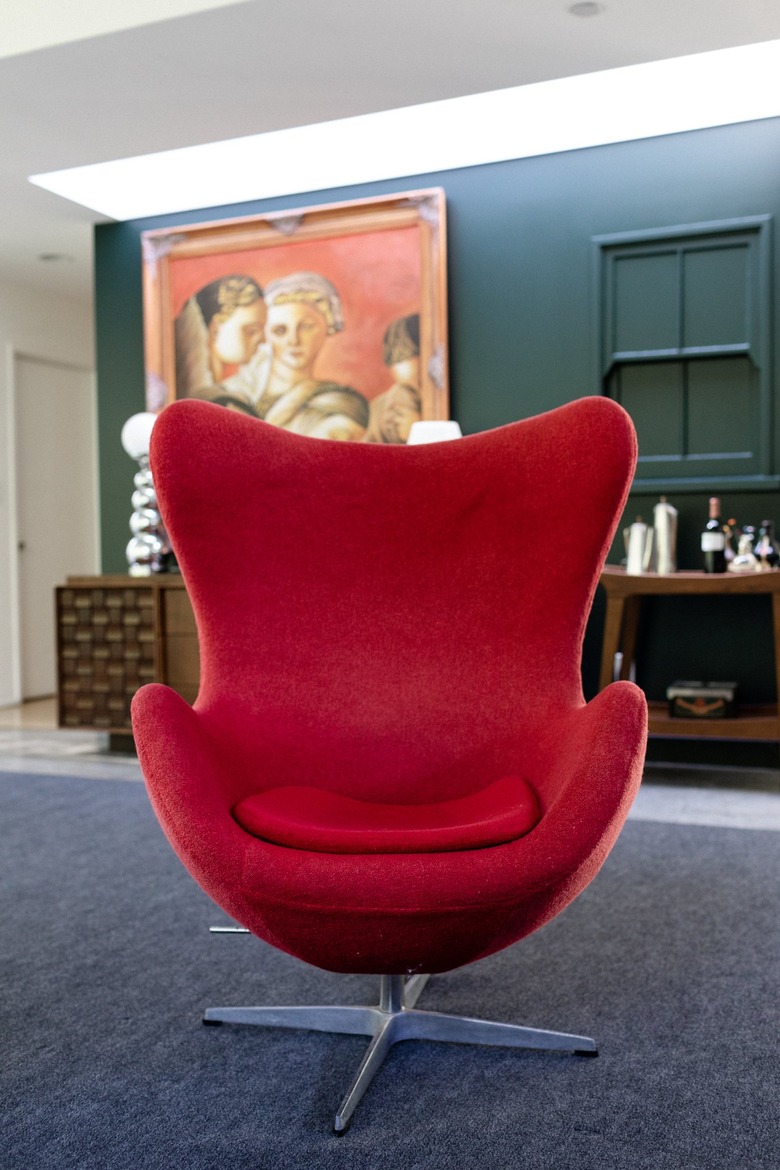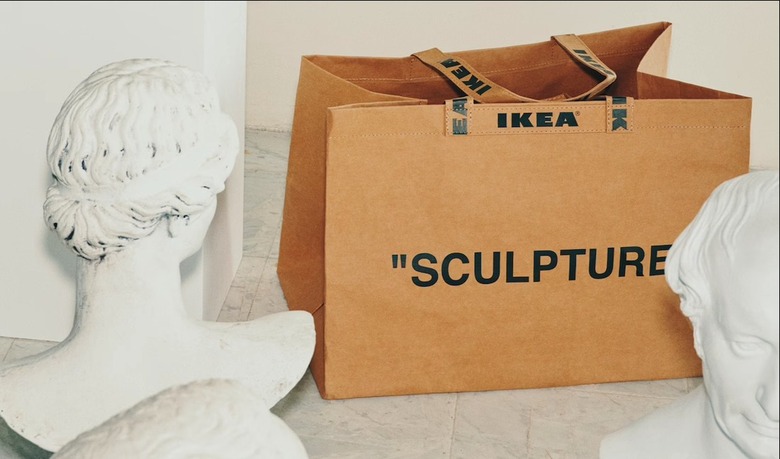Is It Ever A Good Idea To Invest In Decor?
Every day, people invest in all sorts of things — stocks, real estate, luxury goods. When it comes to the home market, savvy design lovers might invest in iconic pieces of decor, from furniture to china (ahem, Kris Jenner's dish room). Naturally, some investments are better than others in terms of ROI (aka return on investment), but where does decor fall on that spectrum?
It turns out investing in decor is risky, but there's always a chance it could pay off. "Collectible design is a better investment than art these days," San Francisco–based curator and trend forecaster Julie Muñiz tells Hunker. "There is a much lower point of entry for highly desired pieces, and the return is often higher. But this is not to say that all pieces are investment-worthy. Like fashion, design styles go in and out of popularity."
Take, for instance, midcentury modern furniture and decor — while today it's an extremely hot design era, it was completely out of style in the '80s and '90s. Back then, you could pick up high-quality pieces for low prices. "Today, [midcentury modern] is highly valued, and prices have risen dramatically since the end of last century," says Muñiz. "Similarly, today everyone loves postmodernism and Memphis decor — a style that was thought of as too garish 20 years ago."
That said, midcentury modern's popularity is already starting to wane in favor of other design styles — like grandmillennial and cottagecore — and the value of a decor item is dictated by market demands.
"The whims of the public buying habits can be tricky. I think the first item of business is to purchase what pleases you," New York–based appraiser Helaine Fendelman tells Hunker. It's a sentiment shared by Anthony Barzilay Freund, editorial director and director of fine art at furniture marketplace 1stDibs. "The good news about investing in furniture, as opposed to, say, stocks and bonds, is that regardless of its monetary value if and when you decide to sell it, you get incalculable value over the years from living with and loving the piece," he tells Hunker.
If you are considering the investment value of a piece of decor, however, there are some characteristics you should look out for to maximize your ROI.
How to maximize your decor ROI:
"As with all investing categories, from fine art to fine wine, furniture is almost always a good investment if the piece has these attributes: it was created by a well-known maker, and there's a mark, seal, stamp, or documentation that proves its origin; it's an example of the best of that maker's oeuvre; it has an interesting provenance, meaning it was owned by someone notable; and it's in pristine and/or original condition," says Barzilay Freund.
Something else to consider is the scarcity of an item. Those limited edition collections with big-name designers? They might be worth consideration.
"Even IKEA pieces under this category have become collectible assets. A used set of IKEA chairs recently sold for over $4,000 because they were designed by influential designer Verner Panton in 1993," says Muñiz. "I predict that IKEA's 2017 collaboration with Virgil Abloh will skyrocket in the coming years not only because of Virgil Abloh's importance, but also because of his recent death."
It's not easy to predict whether or not a piece will appreciate in value, and even if it's worth a lot at one point in time, that doesn't mean it will be later on. "One has to be an astute appraiser and buyer to know when to buy and when to sell," says Fendelman.
The bottom line: You should always buy decor items that you'll love regardless of their value in a few decades. And if you happen to make a wise investment, consider that a bonus!


